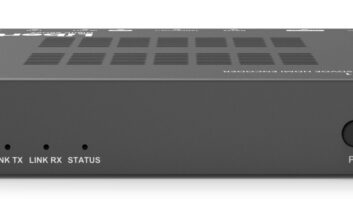The study drew on a dozen interviews with (non-vendor) industry figures from across North America, with each participant providing feedback, validation and cost data in the form of request for proposal (RFP) responses. The RFP was based on a typical deployment scenario that included a 40-camera surveillance system for a small- to mid-size school campus. No existing cameras were said to be re-installed, and no premise wiring or infrastructure existed.
The findings indicate that the cost to acquire, install and operate an IP-based system was 3.4% lower than a traditional system consisting of analogue cameras and DVR-based recording. An IP-based system will cost less than an analogue system if the installation includes at least 32 cameras. With any installation between 16 and 32 cameras, the cost of IP versus analogue is similar although slightly lower for analogue systems. The research also showed that in facilities where IP infrastructure is already installed, IP-based surveillance systems would always be lower in cost, ie. even for systems consisting of one to 32 cameras.
“This study shows that on a like-for-like basis where cost is the only consideration, IP-based systems make sense at a relatively low number of installed cameras,” said Steve Gorski (pictured), managing director of Axis Communications (UK). “In our experience, most end-users will have some IP infrastructure to integration into already which network cameras can [take] immediate advantage of. When you add in the wider benefits of IP-based systems, such as scalability, remote monitoring and image quality, solely basing a comparison on cost becomes less and less relevant.”
The full report – entitled Total Cost of Ownership (TCO): Comparison of IP- and Analogue-based Surveillance Systems – can be downloaded as a PDF here .







